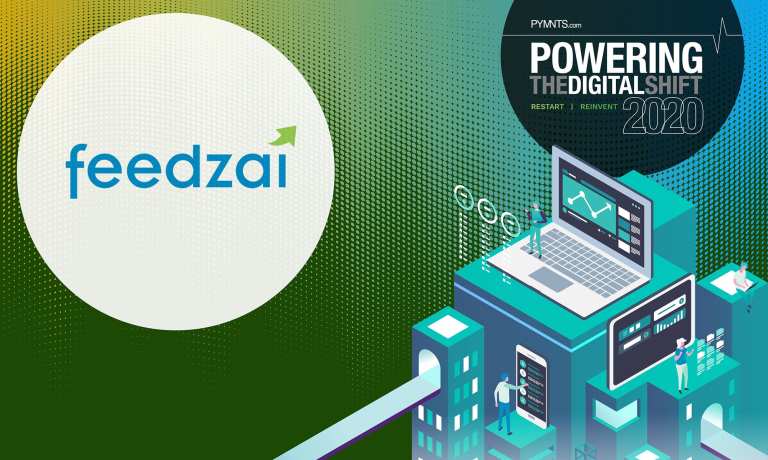
“Organizations may have had to engage in relaxation strategies, which could inversely impact their fraud appetite, as they had to let more transactions through without reviewing them. The risk is real.”
Spikes in cybercrime are making headlines daily, and people are getting burned. Preparedness often decides the outcome. “In our experience, clients running machine learning models haven’t had to change thresholds,” said Nuno Sebastião, co-founder and CEO at Feedzai. “The models handle the transactional changes brought on by the lockdown and reopening fairly easily. Alert rates have stayed flat and fraud detection has gone unchanged. This highlights an opportunity to increase operational efficiencies and meet customer demands.”
The following is an excerpt from How 35 Execs Are Powering The Great Digital Shift Of 2020 (And Beyond), contributed by Nuno Sebastião, co-founder and CEO at Feedzai.
Financial institutions (FIs) have been undergoing a digital transformation for several years now – but in many ways, it was the coronavirus pandemic that truly ushered in the digital banking era. CNBC reports there was a 200 percent jump in new online banking registrations in April alone. And in a recent Novantas survey, 60 percent of respondents indicated they would continue with online banking in a post-COVID-19 world.
For FIs, this sudden shift to digital transactions likely resulted in skyrocketing fraud alert rates. Organizations may have had to engage in relaxation strategies, which could inversely impact their fraud appetite, as they had to let more transactions through without reviewing them. The risk is real. Plus, there’s the fact that we’re in the “right now” era. Consumers want access anytime, anywhere and with any device, creating a situation where businesses’ continuity plans are challenged and stressed.
Large financial institutions have operational centers worldwide, but because the pandemic is global, organizations could not refer to a backup site. Ultimately, some businesses had to throw their business continuity playbooks out the window. Complete fraud and customer service teams are working from home. It will be interesting to see what the transition plan will be to get back to the office – if they all go back. I predict there will be before-COVID and after-COVID scenarios. Businesses won’t go back to the way things were before COVID-19, but by having a proactive mindset and iterating on what worked during the crisis, they could create something better than what they had before.
This is where the power of advanced machine learning really comes into play. In our experience, clients running machine learning models haven’t had to change thresholds; the models handle the transactional changes brought on by the lockdown and reopening fairly easily. Alert rates have stayed flat and fraud detection has gone unchanged. This highlights an opportunity to increase operational efficiencies and meet customer demands.
Almost four months into the COVID crisis, everyone we work with – from partners to clients to employees – struggles with relentless uncertainty. We’ve found that the most potent way to counter this is to keep people connected. For employees, we’ve developed in-depth health and wellness programs and increased internal communications. For some clients, we’ve held virtual roundtables; for all clients, we’ve provided the flexibility to ensure proper fraud/risk business continuity to protect not only our direct customers, but also the customers they serve.